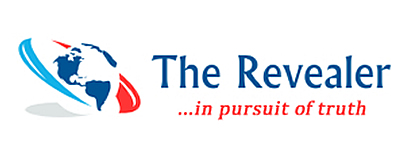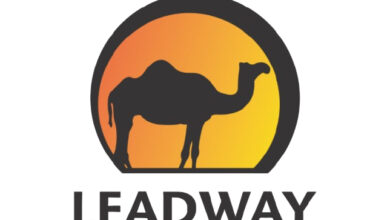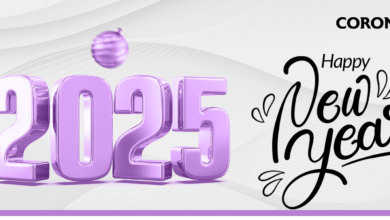Insurance Penetration Can Be Increased Through Technology, Digital Solutions Adoption – NAICOM

Head, Information and Technology Department, NAICOM, Mr. Abiodun Aribike
The low Insurance penetration can be increased through the adoption of technology and digital solutions, the Head, Information and Technology Department, National Insurance Commission (NAICOM), Abiodun Aribike, has said.
He said Nigeria Insurance Market Penetration rates for the past six years stood at 2016 (0.48%); 2017 (0.54%); 2018 (0.61%); 2019 (0.71%); 2020 (0.72%); and 2021 (0.88%).
Speaking on the topic “Improving Access To Insurance In Nigeria Through Digital Solutions” at the just concluded 2022 Retreat organized by NAICOM for Financial Journalists with the theme, “Improving Insurance Access Through Market Development and Innovation in 2022 and Beyond,” in Uyo, Akwa Ibom State, Aribike said an estimated 2% Nigerian Adults are covered by Insurance today, adding that with the adoption of technology, the low insurance penetration will become a thing of the past in the country.
He said the adoption of Cloud computing; Mobile technology Artificial intelligence (AI); Distributed ledger technology and Blockchain as well as the Internet of things will help in providing digital solutions for increased insurance penetration.
The ICT expert expressed optimism that insurance companies can maintain a competitive edge by automating, improving and optimizing their business processes without compromising efficiency, quality, and response time.
This, he said, will enhance employee productivity, speed-up processes, raise customer service levels, improve customer experiences, reduce operational expenses and increase operational efficiency.
While calling on the automation of processes like Know Your Customer (KYC) verification, Customer Onboarding, Underwriting, Claims Processing and Policy Administration and Regulatory Compliance, he explained that AI-powered underwriting solutions are already saving up to 97% of the time and resources that were traditionally required, enabling the corporate underwriter to specialize in cases that require deeper thought and analysis.
“RPA (Robotic Process Automation) which reproduces human actions as closely as possible can be used to automate recurring IT tasks in the back office, front office and support levels and frees up to 30% of the user’s time. Staff can therefore focus on actions with higher added value,” he stated.
Aribike also hinted that the on-demand economy has provided opportunities for the On-Demand Insurance model, noting that “This model provides for covering only those risks faced at a certain moment. For example provision of flight insurance to cover risks from take-off to landing, insure a car exactly from the moment it starts driving till it reached its destination.
“On-demand insurance allows policies to be purchased online directly without human interface. There are generally no long-term contracts, no lengthen forms and no need to speak to a representative over the phone. It provides for Insurance by the hour, Insurance by the mile, insurance by stages of risk and Insurance as a service.. Premiums are paid in app and claims are typically filed using a mobile chat interface.”
He called on insurance underwriters to implement the concept of writing the premium for auto insurance based on usage and/or driving behaviour. “It is a new business model introduced by auto insurers that more closely aligns driving behaviours with premium rates for auto insurance.
“Mileage and driving behaviours are tracked using Telematics with which the driver’s behaviour is monitored directly while the person drives. The insurance company then assesses the data and charges insurance premiums accordingly. It will help them to enhance their claim handling capabilities and enable them to perform better customer segmentation.
He said implementation of Usage-Based Insurance are in two different ways – pay as you drive (PAYD) and Pay how you drive (PHYD).
“Pay-as-you-drive (PAYD),” he said is low-mileage insurance where the insurance premium is calculated based on the number of miles or kilometres a vehicle has covered, whilst “Pay-how-you-drive (PHYD)” is a method of fixing the premium of the customer by assessing their driving style.
On the other hand, “Manage-how-you-drive (MHYD)”, he said, provides guidelines to drivers about best driving practices, leveraging on the data obtained on their driving behaviour from telematics devices.





